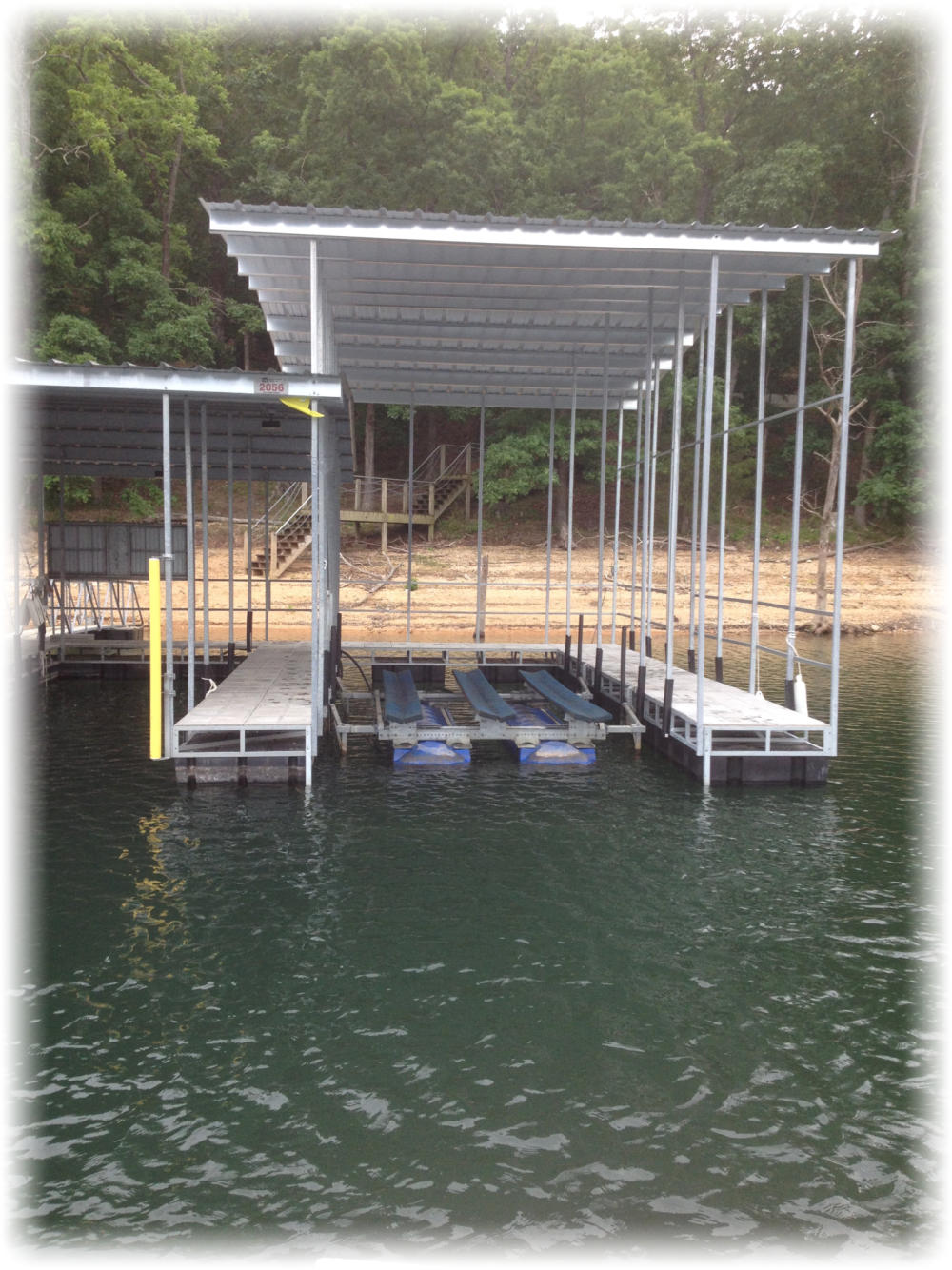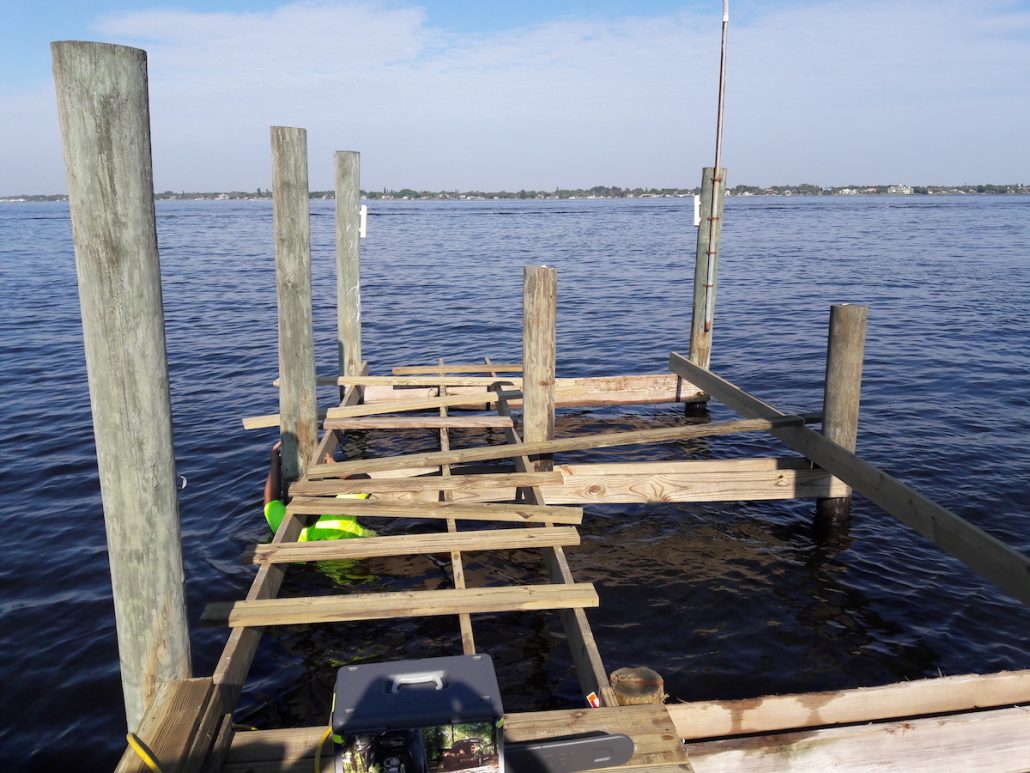Top Signs You Need Professional Dock Repairs This Season
Top Signs You Need Professional Dock Repairs This Season
Blog Article
Reliable Dock Repair Techniques: Making Sure Architectural Integrity
Ensuring the architectural stability of anchors through reliable fixing techniques is paramount for the long life and safety of marine facilities. This includes a multi-faceted method beginning with extensive inspections making use of sophisticated modern technologies like finder devices and from another location operated vehicles (ROVs) to detect both noticeable and hid damages. Ultimately, selecting the right repair materials, such as composite materials and corrosion-resistant alloys, is crucial for toughness. Architectural reinforcement methods, consisting of the application of cross-bracing systems and load-distribution plates, play a crucial role in mitigating anxiety points. The relevance of these methods comes to be apparent when exploring sophisticated repair approaches and preventative maintenance approaches.
Evaluating Dock Damages
Analyzing dock damages is a crucial very first step in ensuring the architectural honesty and safety of any kind of docking facility. This preliminary examination entails a detailed assessment to identify both visible and hidden damages. Trick elements to analyze include the dock's foundation, pilings, outdoor decking, and equipment. Each component has to be inspected for signs of wear, rot, rust, or other kinds of degradation that could compromise the structural integrity.
Structural designers or certified examiners typically carry out these analyses utilizing specialized devices and methods. As an example, undersea examinations could utilize sonar tools or from another location ran automobiles (ROVs) to detect submerged damages. Above water, visual assessments are complemented by utilizing dampness meters and various other diagnostic devices to discover underlying problems not promptly visible to the naked eye.

Picking Repair Work Materials
Picking the suitable repair materials is a pivotal action in the dock restoration procedure, one that straight influences the longevity and efficiency of the repaired structure. Material selection have to be driven by aspects such as environmental problems, load-bearing needs, and compatibility with existing dock elements. Wood is a typical choice for docks due to its all-natural durability and visual allure. Nonetheless, selecting the right kind of wood, such as pressure-treated lumber or naturally rot-resistant species like cedar or teak, is important to withstand water settings.
Along with timber, composite materials are increasingly popular due to their durability and low maintenance demands. Composites, generally made from a mix of plastic and wood fibers, provide outstanding resistance to rot, bugs, and UV damage. For metal docks, picking corrosion-resistant alloys such as galvanized steel or marine-grade light weight aluminum is important to protect against rust and make sure architectural honesty in saline water problems.
Epoxy materials and marine-grade sealers are essential for fixing fractures and securing joints, offering a water resistant barrier and improving the dock's general strength. By diligently choosing high-quality products, dock repair work can accomplish resilient results, thereby safeguarding versus future degradation and ensuring secure, reputable use.
Structural Support Techniques
Reliable structural reinforcement techniques are critical in guaranteeing the stability and durability of dock repair services. One essential technique involves the usage of steel or composite reinforcement bars (rebar) within concrete frameworks. Rebar gives added tensile toughness, stopping cracks and distributing tons more uniformly. This technique is particularly reliable for anchors exposed to heavy loads or harsh environmental conditions.
An additional vital strategy is the application of fiber-reinforced polymers (FRP) These materials supply high strength-to-weight ratios and excellent resistance to rust, making them ideal for reinforcing concrete or wood anchors. FRP can be used in strips or sheets and bonded with epoxy resins to boost architectural integrity.
Bracing and securing systems also play a vital duty in architectural support. Cross-bracing, making use of steel or wooden beam of lights, can combat lateral forces, reducing guiding and motion. Anchoring systems, such as helical piers or driven stacks, give a secure foundation by moving loads to deeper, extra stable soil layers.
Lastly, the integration of load-distribution plates can help disperse weight much more evenly across the dock's surface area, alleviating local anxiety points. These strategies collectively make sure that docks continue to be safe and durable, qualified of holding up against the roughness of their functional setting.
Advanced Repair Service Methods

An additional sophisticated method involves undersea welding, which permits repair services to be carried out without the requirement to dewater the location. This approach is specifically advantageous for resolving structural concerns in immersed dock parts, guaranteeing very little disturbance to procedures. Enhanced welding techniques, combined with robot systems, provide precision and dependability, consequently prolonging the lifespan of the dock.
In addition, cathodic protection systems are applied to avoid deterioration in metal dock frameworks. By utilizing sacrificial anodes or satisfied current systems, these techniques properly minimize the electrochemical procedures that lead to material damage.
Finally, progressed tracking technologies, such as architectural health tracking (SHM) systems, provide real-time data on the condition of dock structures. These systems make it possible for proactive find out this here upkeep and timely interventions, ultimately ensuring the lasting architectural stability of the dock.
Upkeep and Avoidance
Upkeep and avoidance are fundamental principles that underpin the longevity and security of dock structures. Regular assessments are critical, permitting for early detection of deterioration, possible weak points, and ecological effects. A proactive method, entailing regular checks for corrosion, rot, and architectural changes, reduces expensive repair work and lengthens the dock's operational life.
Safety nets must consist of using protective layers to metal elements to defend against corrosion and making use of treated wood to withstand decay. Furthermore, making sure correct drainage and ventilation can prevent water buildup, which is an usual root cause of architectural deterioration. Including top quality materials and sticking to supplier guidelines during construction and repair work stages additionally play crucial functions in improving durability.

Educating personnel in dock upkeep ideal practices makes certain consistent application of safety nets. Leveraging technical advances, such as drones for inspections and sensors for real-time surveillance, can additionally improve upkeep initiatives. By focusing on upkeep and prevention, dock proprietors can ensure architectural integrity, functional safety and security, view publisher site and affordable monitoring over the dock's life expectancy.
Conclusion
In final thought, keeping the architectural stability of aquatic facilities demands thorough dock fixing strategies. Advanced repair work techniques, coupled with routine upkeep methods, ensure the dock stays operational and secure under diverse environmental conditions.
Making sure the architectural integrity of anchors through reliable repair techniques is critical for the longevity and safety and security of marine facilities.Choosing the ideal repair service products is a critical step in the dock remediation process, one that straight affects the longevity and performance of the fixed framework.Reliable architectural reinforcement strategies are critical in guaranteeing the security and longevity of dock repair work. By prioritizing upkeep and avoidance, dock owners can make sure architectural honesty, operational safety, and cost-effective monitoring over the dock's life-span.
In final thought, preserving the structural stability of marine facilities necessitates comprehensive dock fixing strategies.
Report this page